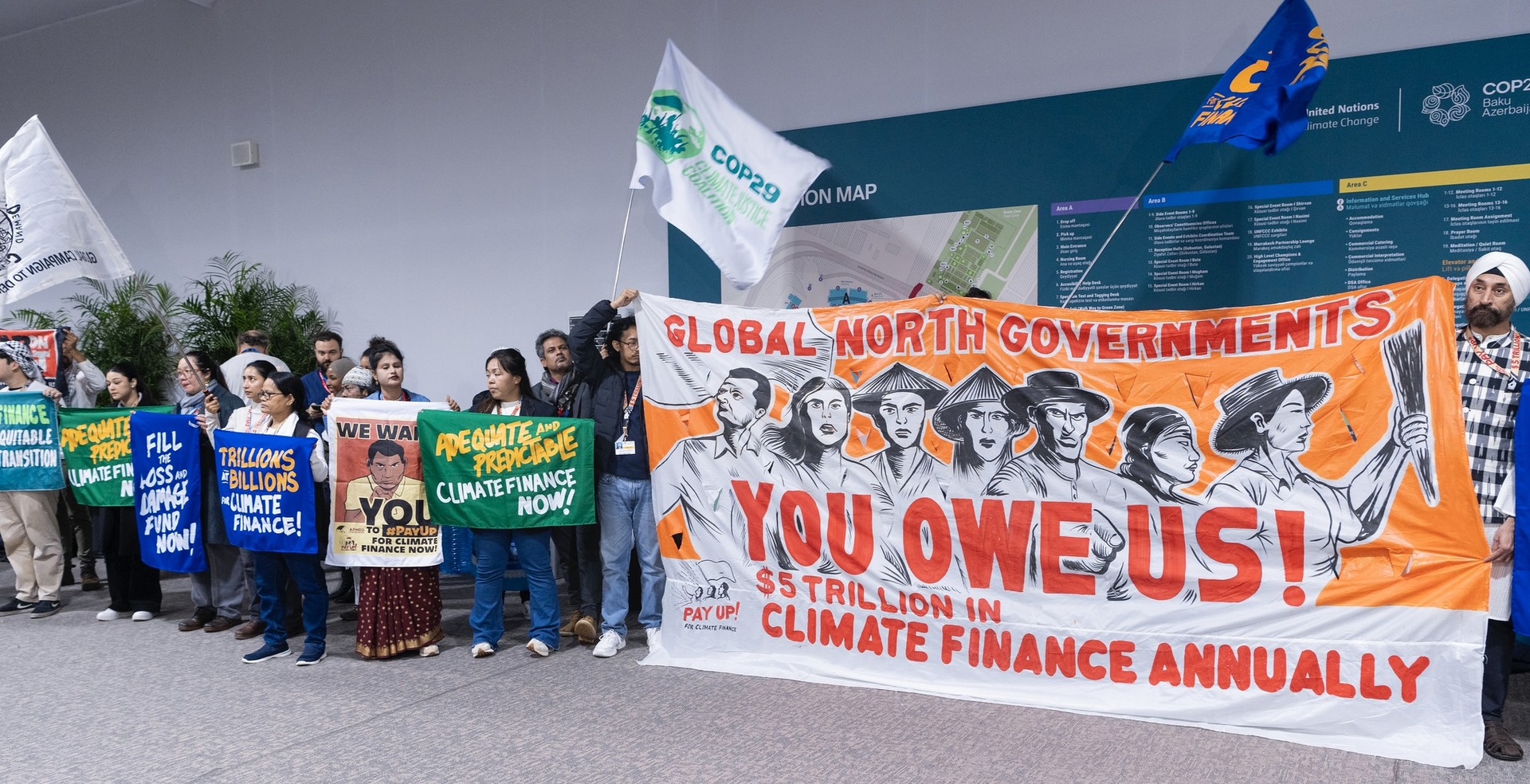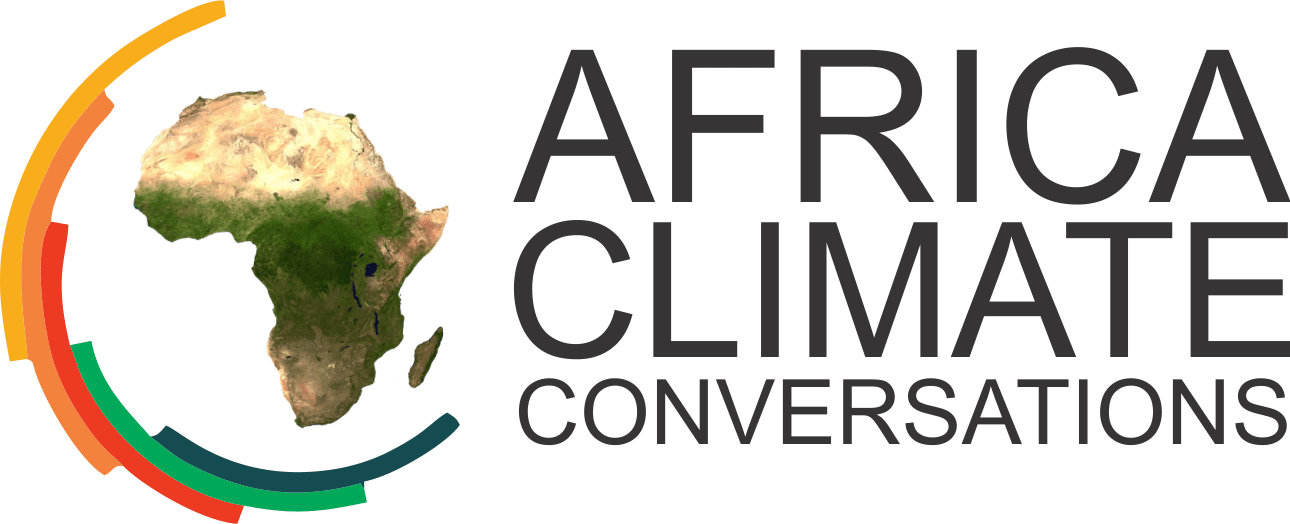
by Sophie Mbugua,Baku, Azerbaijan: Developing countries at the ongoing 29th UN Climate Summit (COP29) taking place in Baku, Azerbaijan say they need an ambitious New Collective Quantified Goal on Finance (NCQG) of at least USD 1.3 trillion per year.
They have called on the new goal to provide a significant provision component for adaptation, mitigation, and loss and damage.
However, while the Least developed countries (LDCs) recognized that an ambitious NCQG provision and mobilization of USD 1.3 trillion is a lifeline for their vulnerable communities, the group says “it’s a significant underestimation of our needs”
“Our quantitative estimates of the financial support needed for implementing our NDCs stand at $1.48 trillion by 2030 translating into a requirement of $220 billion per year for the LDCs alone” indicated the group.
Malawi’s secretary for Natural Resources Dr. Yusuf Nkungula while speaking on behalf of the LDC chair said that LDC need a robust and fair goal on climate finance “that is at the best interest of our people and planet. Therefore, the new goal must match the scale of our needs for mitigation, adaption and addressing loss and damage”.
Cedric Schuster the Alliance of Small Island States (AOSIS) chair says Small Island Developing States (SIDs) needs a commitment of a minimum allocation of USD 39 Billion to meet their adaptation and loss and damage needs “a bad goal benefits no one” Schuster added.
Schuster says that an enhanced climate finance is vital for new 2035 climate targets due in march of next year. “If this finance doesn’t materialize, developing countries have less support to push the limit on emission reduction and this is really important for the overall goal of liming global warming to 1.5 degrees”.
Developing countries though the G77/China group insists that the new goal is not an investment goal and reiterated that the new goal is a provision and mobilization goal from developed countries to developing countries only.
“Resources under the NCQG must be new and additional, predictable, adequate, affordable, grant-based and concessional, enhancing fiscal space without creating development constraints, and non-debt inducive” says the G77/China group.
Sealing the climate finance gaps at COP29.
In 2009 developed countries promised to mobilize USD 100 billion annually by 2020 towards developing countries efforts to adapt and mitigate against the impacts of climate change.
Though developed countries say they first met the goal in 2022, there has been a push and pull on whether the goal has been met emanating from a lack of a clear definition of what constitutes as climate finance.
This lack of definition has resulted in criticism of the quality of finance provided with complains by developing countries of double counting of financial aid often provided to poor countries as financial assistance. At the same time climate finance envisaged to be new and additional has been repackaged as loans rather than grants sinking poor countries further into debt.
How can Africa solve the climate finance access challenge? Listen to Ambassador Mohamed Nasr, who is the Africa lead negotiator on finance below.
To seal these gaps developing countries at Baku insists that the new finance goal text being negotiated must clearly outline what does not count as climate finance “under the goal including non-concessional loans and export credits cannot count towards the progress on the delivery of the goal”.
“Climate change brings additional cost to our countries on top of the challenges. Hence the goal should not be met through rebranding Official Development Assistance (ODA’s) as climate finance, hence we need to set a clear boundary towards what is reported as contribution towards the new climate finance goal” Nkungula asserts.
At the same time Nkungula says that LDC’s do not expect loans at market rates to be called climate finance but “we needs grants. That’s why a common definition of climate finance is urgently needed so that we can be confident in delivering of climate finance that’s new and additional and is focused on meeting the needs of LDCs” he added.
Further developing countries insists that the new climate goal has to be exclusively for all developing countries considering their specific national and regional development priorities, objectives, and circumstances while recognizing their common but differentiated responsibilities. This call is in line with Article 4 of the United Nations Framework Convention on Climate Change (UNFCCC).
While emphasizing on the need for adaption finance, developed countries require the new climate goal to be in tandem with article 9.3 of the Paris agreement that obligates developed countries to provide scaled-up finance aimed at achieving a balance between adaptation and mitigation.
To meet the widening climate finance gaps private sector is seen as key to mobilize the trillion of dollars required for adaptation, mitigation and loss and damage. However, given that the private sector require returns on their investment, adaptation and loss and damage do not attract much investment as they have low returns on investment.
Schuster says that a commitment on investment undermines the principles of the Paris agreement and shifting the burden of climate finance onto the private sector burdens developing nations economies more so the small island states.
Therefore, “it’s imperative that NCQG follows article 9 of the Paris agreement which sets out that finance shall be provided solely by developed countries and that they shall take the lead to mobilize finance” he added.

At COP29 demonstrators demanding climate finance.
Challenge accessing climate financing
Access to climate finance has been a major challenge for many countries in developing countries. Lengthy and complicated application processes, layer of bureaucracy to access funds, a complex international financial architecture, and limited direct access to funds requiring countries to work through intermediaries are among issues making it hard to access climate finance.
“We urge the NCQG to ensure that 20% of the allocation flows through the financial mechanisms of the UNFCCC to enhance transparency, accessibility, and impact for vulnerable communities.” Nkungula says. At the same time we require 80 percent of the financing to be come from public finance in form of grants.
In their efforts to advancing climate action, developing countries face multiple development challenges, high-cost of capital, a limited fiscal space, high-levels of debt and an unequal international financial architecture.
Hence the G77/China group says the unbalanced international financial architecture by and within developed countries must be addressed to enable access to quality and concessional climate finance and decision-making by developing countries.
The push echoes previous calls by African finance ministers who have been calling for a radical action for a timely reform of the global financial institutions and architecture that gives Africa and other developing countries access to adequate and equitable concessional financing and to affordable market-based resources to accelerate sustainable development.
